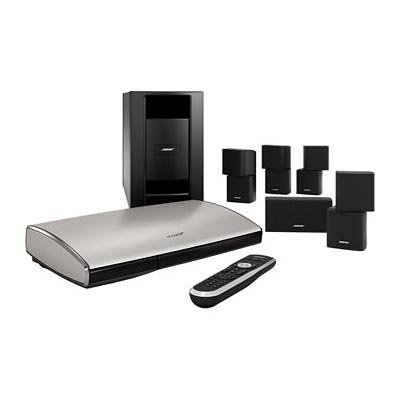Wednesday, November 30, 2011
Cleaning Tips For Your Plasma Television Screen
[if ]
[endif]
Labels:
Backpack,
Cleaning,
Cooler,
Cushion,
FireWaterTheft,
Integrated,
Luggage,
Mirage,
Plasma,
Quattro,
Racecar,
ResMed,
Screen,
Sentry,
Television
Monday, November 14, 2011
Bose® Lifestyle® T20 home theater system--Black
!9# Bose® Lifestyle® T20 home theater system--Black
Brand : BoseRate :

Price : $1,999.00
Post Date : Nov 14, 2011 14:15:22
Usually ships in 24 hours
The Bose Lifestyle T20 home theater system brings out the best in your movies, games and sports. And now, it's easier than ever before to set up your system and all connected sources. Exclusive Bose Unify technology provides easy-to-follow onscreen messages to guide you through the entire setup process. It even verifies your connections to take away all the guesswork. Enjoy up to 6 HD video sources-such as your Blu-ray Disc player, cable box and gaming system. And control it all with one convenient remote.
Electric Saws Buy Online Saving Circulon Pans Saving Emeril Pots And Pans
Sunday, November 6, 2011
Subscribe to:
Comments (Atom)
